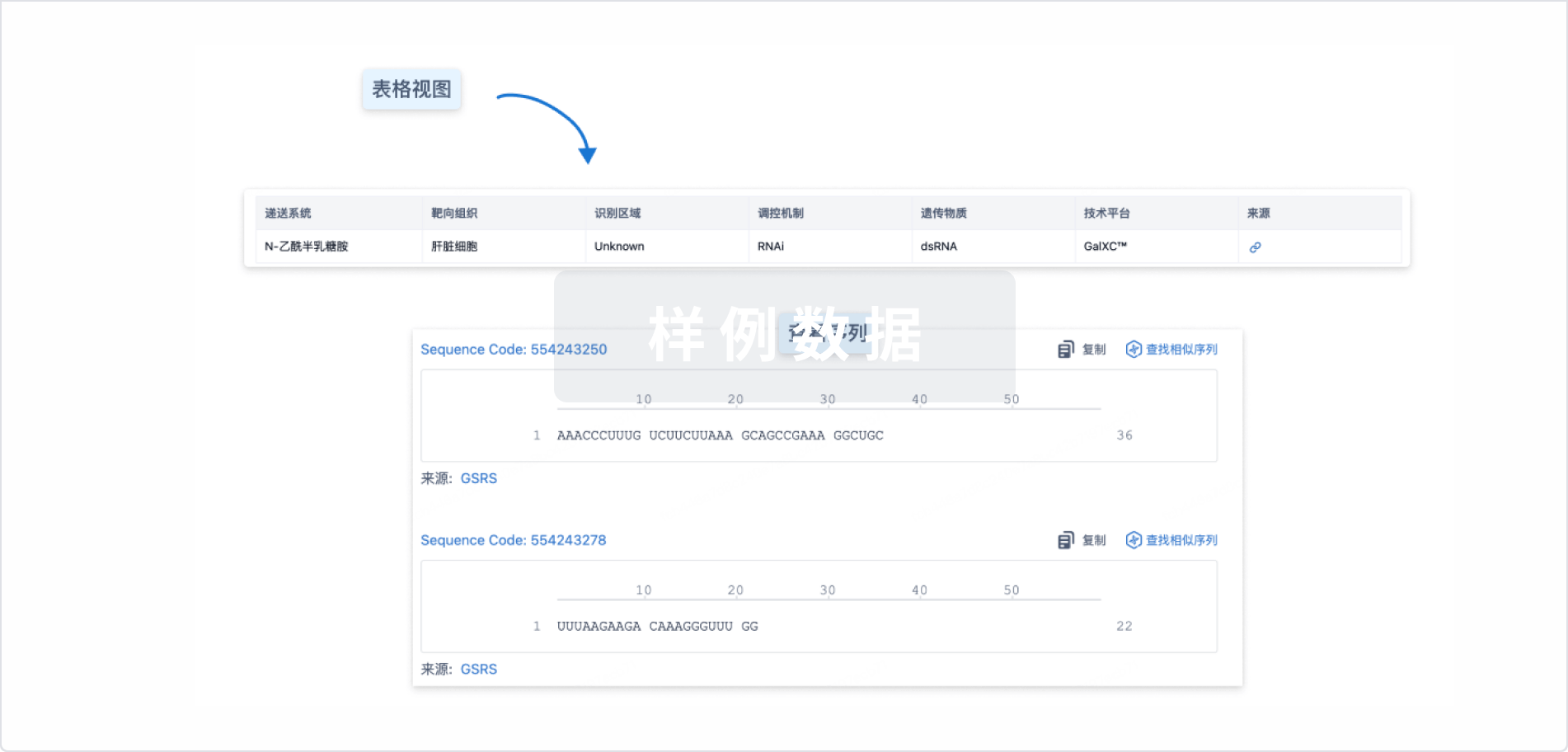A review.Poly(GP) proteins are consistently found, in a stable and individual-dependent concentration, in the CSF of patients, for a period of time of up to 22.6 mo since the first CSF collection, in a total of 33 subjects(9 asymptomatic C9ORF72 mutation carriers and 24 c9ALS or c9ALS-FTD individuals).Importantly, detection of Poly(GP) proteins in the CSF cannot be considered as a prognostic marker since the authors did not observe a significant association between the levels of the poly(GP) in the CSF and the age at the onset of the disease, onset site (bulbar, limb, or other) or type of disease.Indeed, there was no difference in poly(GP) protein levels from c9ALS or c9ALS-FTD individuals with or without behavioral impairment.Thus, given the promising potential use of poly(GP) as a pharmacodynamic marker in C9ORF72-associated ALS and ALS-FTD, the authors evaluated whether the presence of poly(GP) proteins could be used to evaluate the effectiveness of therapeutic strategies addressed against G4C2 repeat-containing transcripts.The same results were obtained using c9ALS induced pluripotent stem cells (iPSCs)-derived neurons. Importantly, c9ASOs decreased the level of G4C2 repeat-containing transcripts, identified as C9ORF72 variants 1 and 3, while they did not affect the amount of the variant 2, which does not carry the G4C2 repeat.In this regard, the work of Gendron and colleagues give us convincing evidence indicating that extracellular and CSF poly(GP) proteins represent a useful candidate as a pharmacodynamic marker for therapies focused on reducing the abnormal accumulation of G4C2 RNA.Furthermore, the authors evaluated the efficacy of extracellular poly(GP) as a pharmacodynamic marker in vivo.To note, in the aforementioned experiment the authors did not evaluate if c9ASO treatment is also able to improve the behavior of (G4C2)66 mice, an important question that should be answered by future studies.This work indicates poly(GP) proteins represent a promising pharmacodynamic marker to test the effectiveness of therapies for c9ALS, c9FTD or C9ORF72 repeat expansions-related diseases in forthcoming clin. trials.In conclusion, this study increases our understanding about the pathogenesis of the most common genetic cause of ALS, and, through in vitro and in vivo assays, identifies poly(GP) as a suitable option for the clin. testing of therapies for ALS and FTD and other diseases associated with C9ORF72 repeat expansions.








